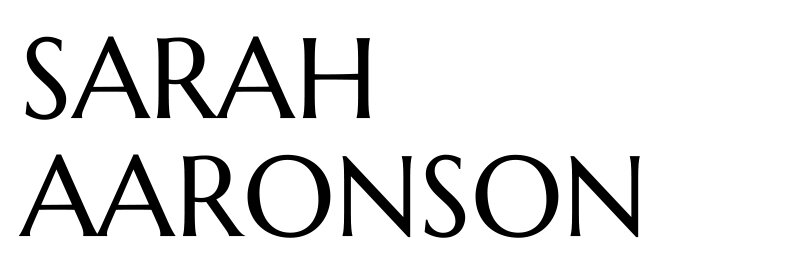AN ALTERED ALTAR
How models in Jean Paul Gaultier’s legendary Spring 1994 collection appeared to be the personification of the Great Altar of Heraion… “A startling vision of cross-cultural harmony,” is how Vogue summed up Jean Paul Gaultier’s Les Tatouages collection of Spring 1994. “The show was an exhilarating, sometimes bewildering hodgepodge romp of references that included a tattoo-currency motif… The top notes were tribal, Indian, and African, which, like the much-commented-on faux piercings, reflected an abiding interest in “global village chic” that would go on to define Gaultier’s work for decades.” Stella Tenant, in particular, seemed to appear as a painted ode to the sacrifices made at a religious altar, all too similar to the ones made during the cult of Hera…
The Heraion of Samos was a large sanctuary dedicated to Hera, Queen of the Gods and wife of Zeus, on the island of Samos, Greece, in the low, marshy basin of the Imbrasos river, near where it enters the sea… The core myth at the heart of the cult of Hera at Samos is that of her birth. According to the local tradition, the goddess was born under a lygos tree… There is archaeological evidence of activity at the site of the altar from the late Mycenaean period, but the first structure was built in the ninth century BC. It was rebuilt seven times, reaching its final monumental form in the sixth century. The entire west side consisted of a staircase, leading up to a flat platform where sacrifices were performed, which was surrounded by a low wall on the north, east, and south sides. A series of floral and animal reliefs ran around the altar wall at the level of the platform and at the top of the low wall. The animal bones found on the site show that the majority of sacrifices were of fully grown cows. There were also quite a few sheep and pigs, as well as a few deer. In addition, there was a sacred grove to the east of the altar, which may have included the sacred lygos tree that was identified as the birthplace of Hera.





